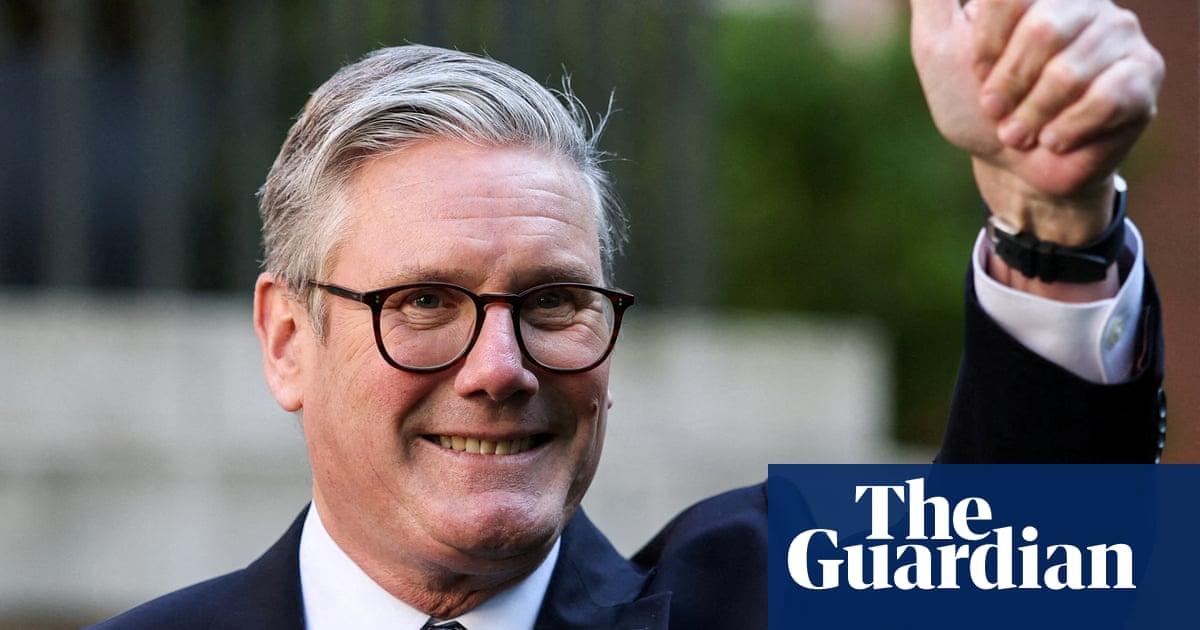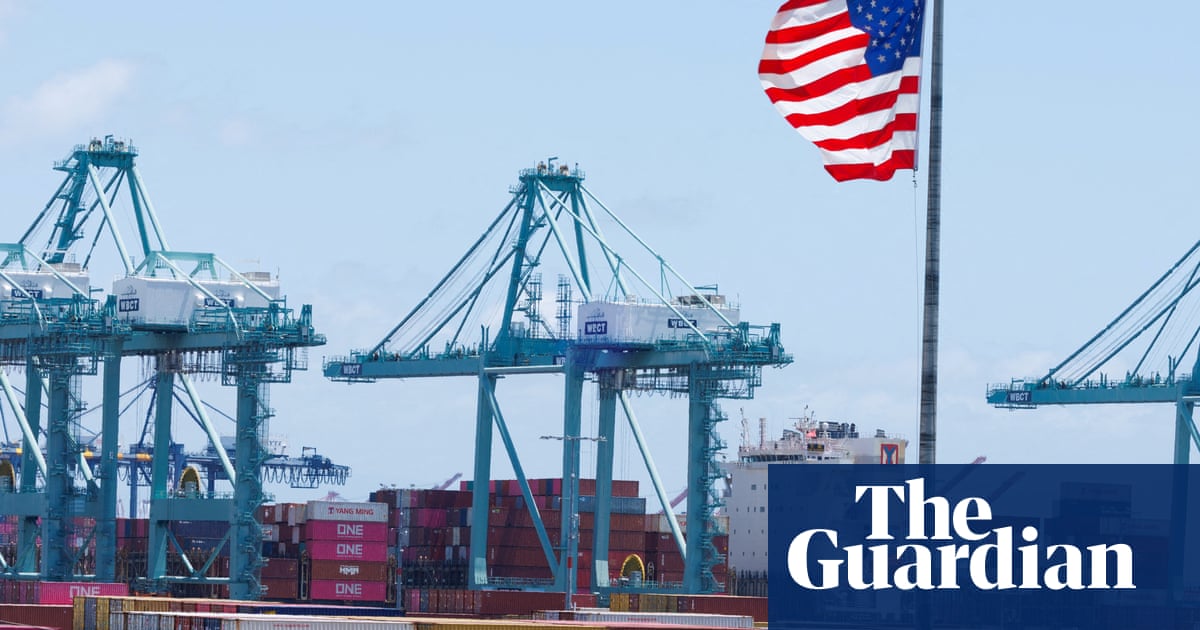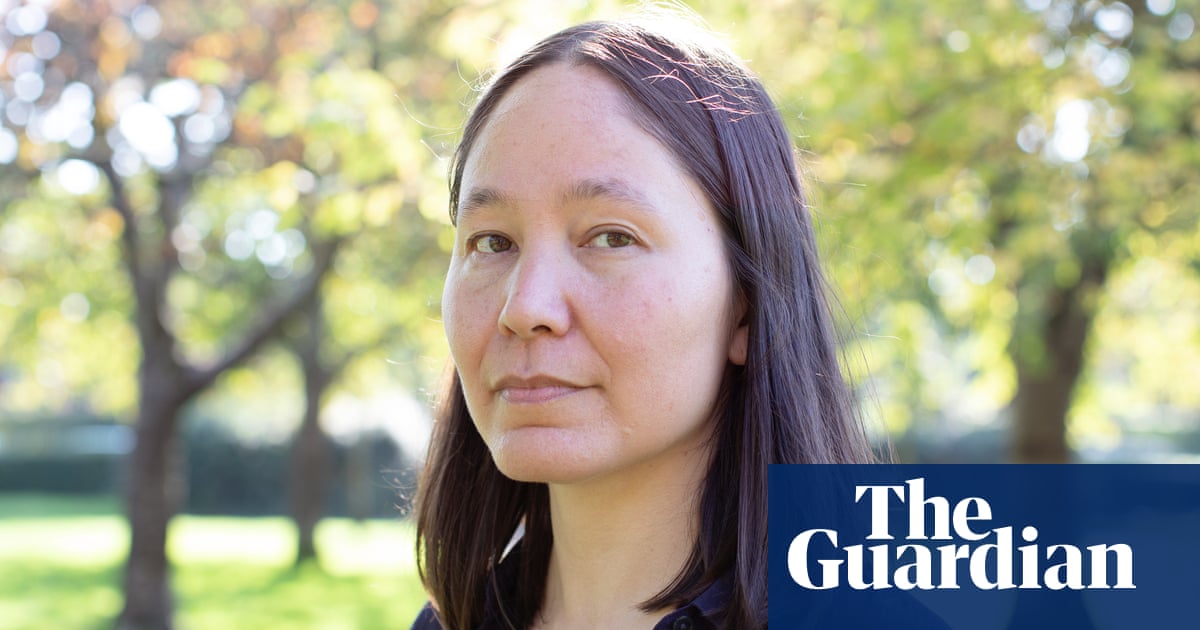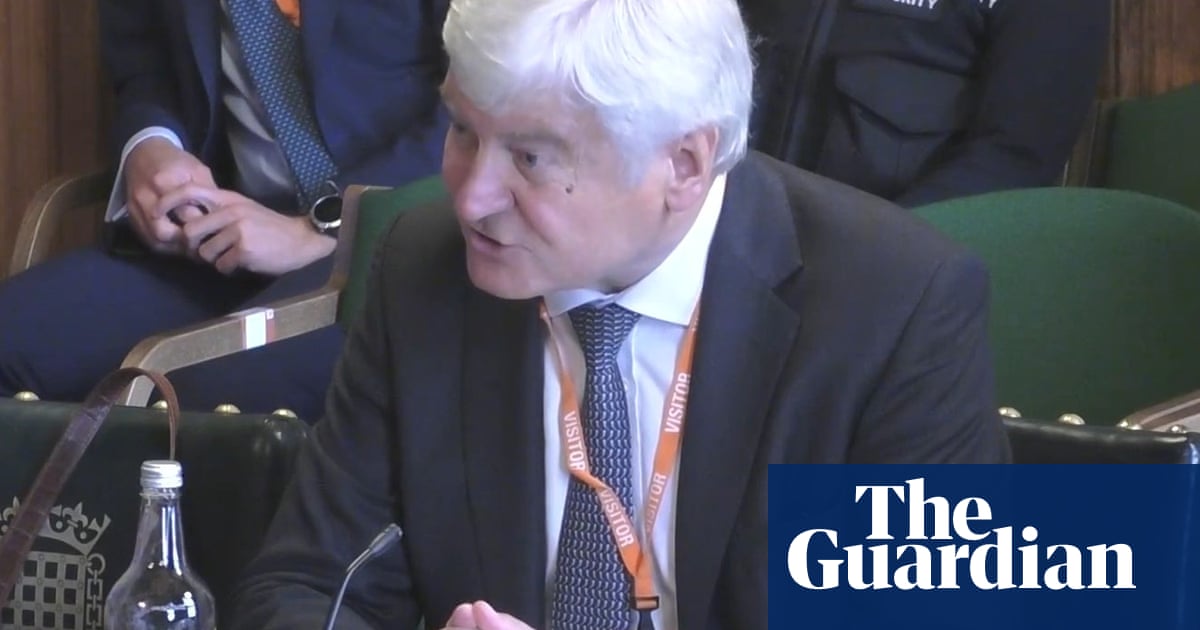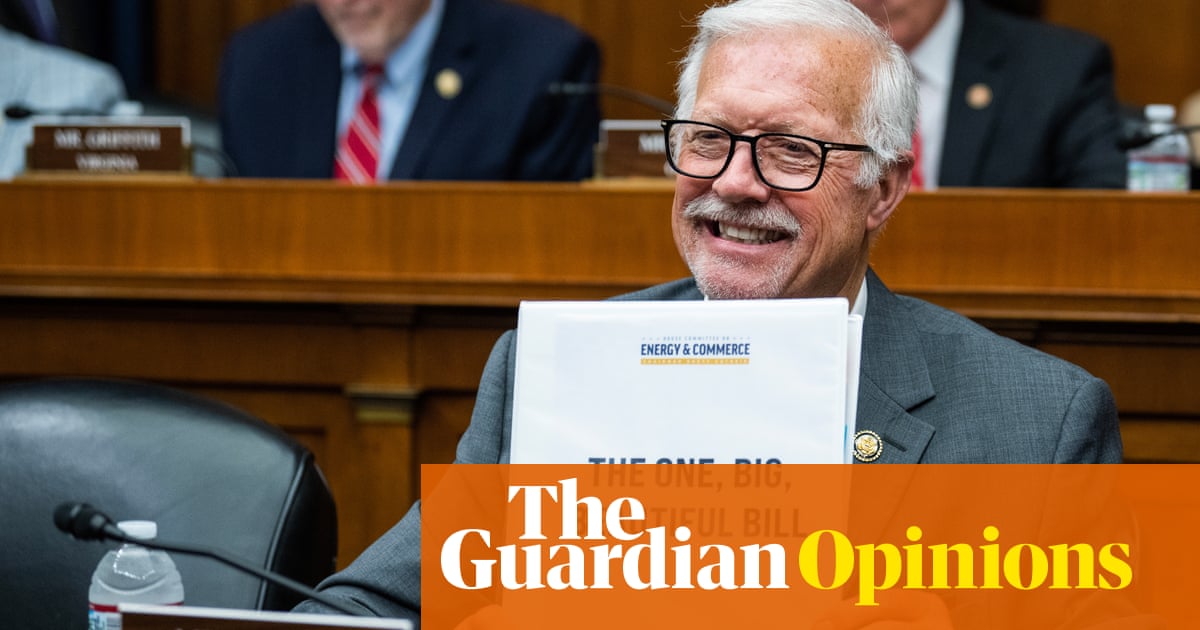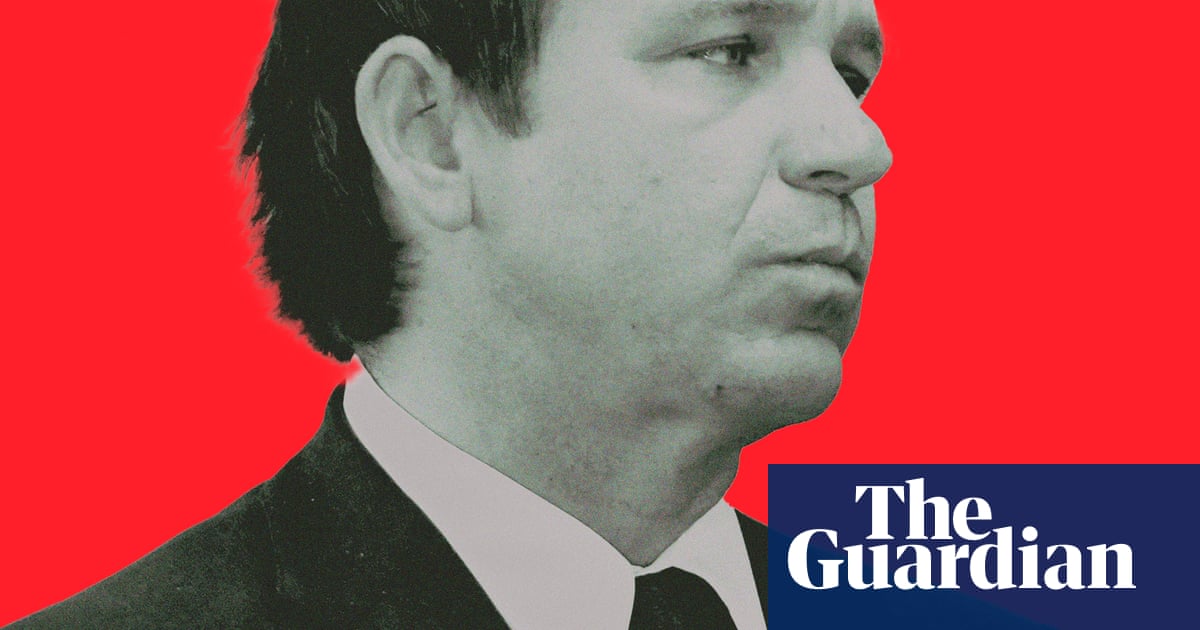On 21 April 2019, I was on Waterloo Bridge in London with my younger siblings. Around us were planters full of flowers where there were once cars, and people singing. This was the spring iteration of Extinction Rebellion, when four bridges in London were held by protesters. My siblings, then 14, had been going out on school strike inspired by Greta Thunberg, and wanted to see her speak.
We were there for less than a day, but the occupations of bridges and other blockades lasted for 11 days. Tens of thousands of people mobilised in the UK that spring. An estimated 500,000 people were affected by the shutdowns the movement imposed on central London’s road networks, and more than 1,000 protesters were arrested in what was then an official part of XR’s strategy.
The movement won some impressive victories. Its first demand, “tell the truth”, was essentially honoured when the UK became the first country in the world to officially declare a climate emergency, days after the April rebellion ended. The movement also galvanised a sense of urgency among the public. Polling data found that after the April actions 24% of people ranked climate crisis among their top issues, which placed it roughly on par with immigration and the economy, up which from three months before the protests.
In 2025, however, the sense of urgency has receded. The public’s main concerns when polled are the economy, immigration and health. And mass mobilisations around climate breakdown appear to have stopped. At the same time, it’s not as though climate breakdown has been solved. So where has all the energy gone?
According to Douglas Rogers, who was an organiser with XR between 2018 and 2021, the beginning of the pandemic was an inflection point. He says things “were slowing down already” as the movement struggled for funds. Rogers and others were hoping to invest time back in local groups which could each experiment with new strategies, before erupting back to the surface once more.
But there were tensions. One major point of disagreement was over the Canning Town action in London – where protesters attempted to disrupt public transport – and the degree to which aggressive disruption was useful. But soon none of this would matter. The virus and lockdown forced a total demobilisation of society, which was devastating for a movement based on mass mobilisation.
Some of XR’s leadership formed new outfits taking an approach that could be achieved with smaller numbers of committed activists. Insulate Britain and Just Stop Oil did riskier direct action, that sometimes danced along the edge of legality. These actions made them world famous; the New York Times ran multiple articles on the group, the long-running sitcom It’s Always Sunny in Philadelphia parodied their tactics.
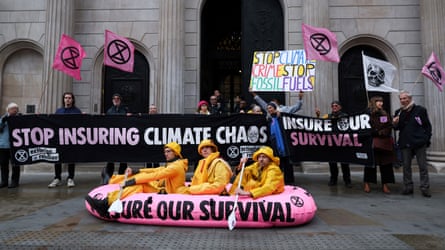
This success was not without its downsides for the climate movement. The British state began to adapt its legislation to contain dissent from climate protesters – such as making it a criminal offence to have gear that could allow you to “lock on” to a piece of infrastructure. It is now a world leader in the repression of climate activists, and has used the new anti-protest laws on other groups, like those that contest Britain’s involvement in the genocide in Palestine.
In addition to the new legislation, the new approach of the Just Stop Oil hardcore proved too much for less committed activists. Graeme Hayes, a reader in political sociology at Aston University, tells me that these movements are “running out of activists who think three years in prison is a reasonable outcome”. Hayes adds that the increased use of conspiracy charging allows the Crown Prosecution Service and the police to target not just those who carry out a particular direct action, but those who help plan them too.
Although XR no longer embraces tactics like smashing windows and prioritises “attendance over arrests”, it has moved towards targeted non-violent actions by small groups against specific targets such as insurance firms that underwrite the fossil-fuel industry. The mass protest era is unlikely to return, as public energy is absorbed by Palestine protests, and the coalition of groups and people that helped make the original actions so big no longer agree on strategy.
XR’s relative shrinking over the years has led to a fragmentation in the wider climate movement as various alumni move on to new projects. During our chat, Rogers repeatedly uses the adjective “post-XR” to describe various local initiatives. In Scotland, where Rogers is based, the energy is in Climate Camp, which organises periodic protest camps at sites of fossil-fuel infrastructure. The mass movement of low-engagement protesters has given way to subgroups of committed activists. In the conversations I had with activists for this piece, the sense I got was that this was partly so as not to derail momentum from mass Palestine protests while they were regularly occurring, and partly because there is not yet a strategy for how a new mass climate movement would try to achieve its goals.
Others such as XR co-founder Gail Bradbrook are trying to apply the principles of Deep Adaptation and collapsology – in short, forms of collective apocalypse prepping. Projects such as Cooperation Hull, Just Collapse and Lifehouse are trying to build the networks, local democratic cultures and social infrastructure that would enable communities to navigate societal collapse without descending into barbarism. These efforts either rest on the assumption that radical climate action won’t happen or are an exercise in bet-hedging in case it doesn’t. There is also, at the most radical fringes of climate action, an embrace of sabotage in the fight against climate crisis, though this appears confined to very small groups.
Hayes and Rogers both talked about the end of a “protest cycle”. The end of this cycle has many causes, from the exhaustion of activists to the growing repression of protest by the UK government and the growth of other movements organising against the cost-of-living crisis and the genocide in Gaza. But XR succeeded in bringing hundreds of thousands, perhaps millions internationally, into climate activism and the myriad of smaller – sometimes more radical – groups that emerged in its wake owe much to its mass mobilisations. Climate breakdown continues to worsen and evidence of its impact on the cost of living and connection to imperial violence is becoming more obvious. XR began with a small campaign and exploded into what it became. Someone, somewhere is probably laying the ground for the future of climate politics – the question then is what form will the next surge take?
-
Oliver Haynes is a journalist and co-host of the Flep24 podcast

 4 hours ago
5
4 hours ago
5
